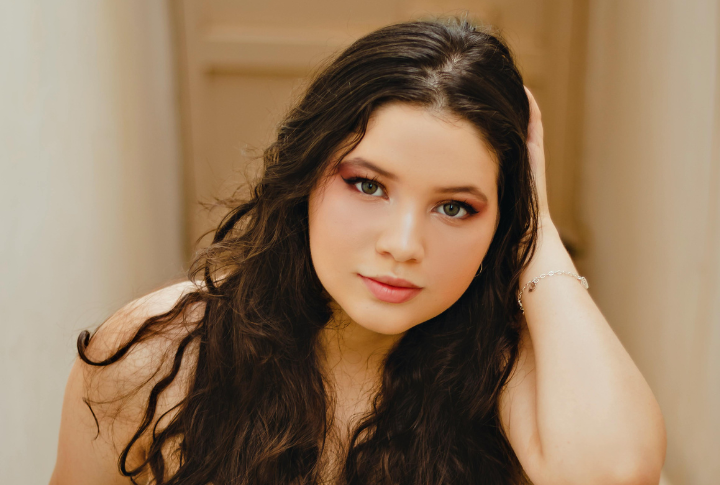
From the 1950s through the early 2000s, dress codes came with strict rules and quick consequences. Wearing the “wrong” thing—whether it was a sleeveless top or a graphic tee—often meant a trip to the office, no questions asked. Now, those same choices pass without comment. Here’s what used to spark drama but barely raises an eyebrow anymore.
Makeup

Makeup use is now common in schools. As long as it doesn’t violate content rules, it’s allowed. Back then, a touch of lip gloss or eyeliner was good enough to send students to the principal’s office. Whether subtle or loud, makeup was “too grown up” or seen as a distraction.
Mini Skirts
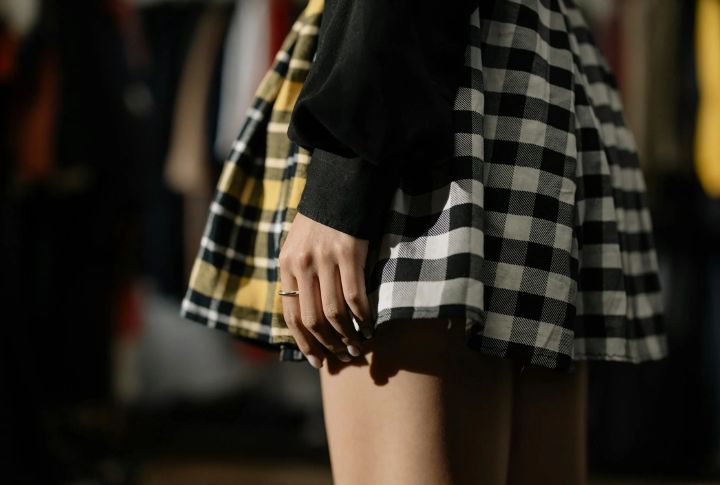
Mini skirts caused a stir when they first appeared in schools. If a skirt didn’t touch the floor when kneeling, students got sent home. The “knee test” became a daily ritual. But not anymore, as long as coverage meets general guidelines, mini skirts aren’t controversial in most schools.
T-Shirts With Graphics
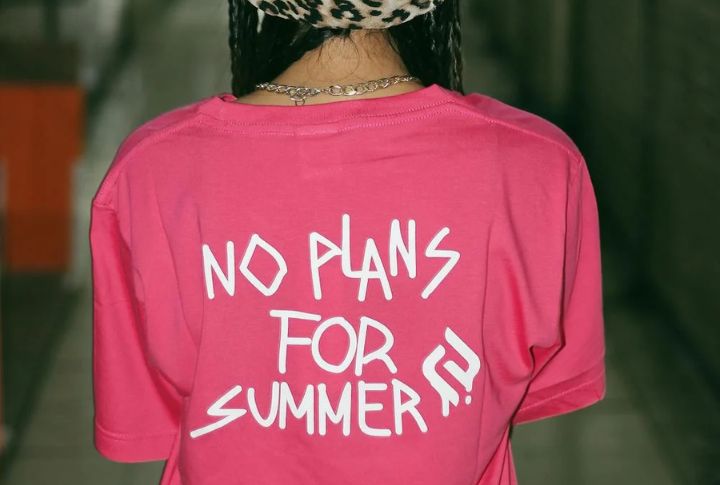
Once considered too casual and potentially disruptive, graphic t-shirts were banned in many schools. Administrators worried about inappropriate messages and viewed plain shirts as more “academic.” Students had to stick to solid colors or school logos. Today, graphic tees are standard classroom wear in most schools as long as the content isn’t offensive.
Sleeveless Tops
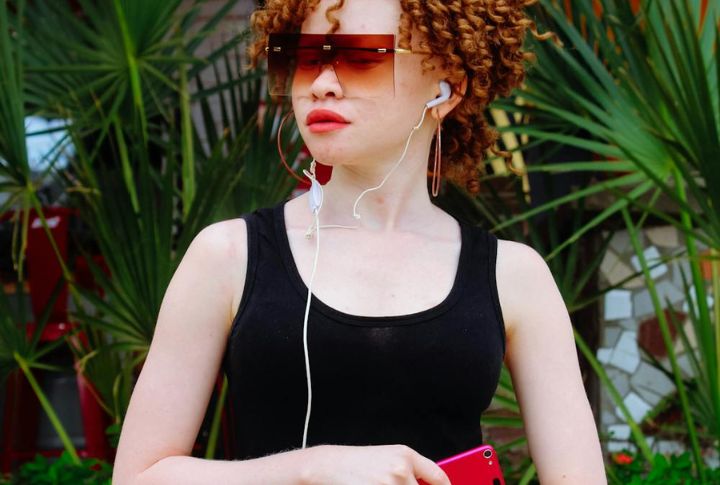
Even modest tank tops got flagged. If a girl wore straps thinner than two fingers wide, teachers sent her home. Shoulders were somehow a big problem. But that was then. No one counts strap widths anymore. Students wear sleeveless tops all the time, and it doesn’t lead to a trip to the office.
Girls Wearing Pants
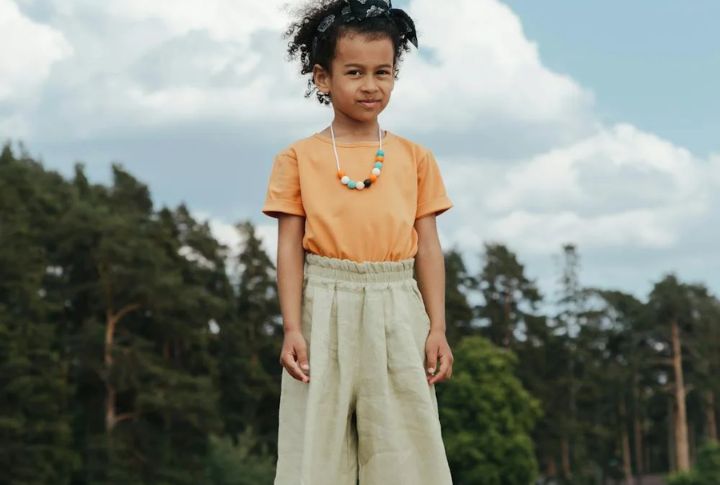
Decades ago, girls couldn’t wear pants to school. Dresses and skirts were mandatory, even in freezing weather. Some schools didn’t change that policy until the late 1960s—today, no one bats an eye. Joggers and cargo pants show up in every hallway without issue.
Boys With Long Hair

Hair touching ears or collars used to get boys in trouble. It didn’t matter if it was clean and styled. Long hair signaled defiance, and some schools suspended students for refusing a trim. These days, boys wear long hair, ponytails, or fades with no issue from staff or policy.
Visible Bra Straps

Any visible part of a bra once meant immediate discipline. Administrators labeled it inappropriate regardless of intent. Even a strap showing accidentally could cause embarrassment. Today, it’s treated like any other part of an outfit. No one reacts as long as the rest of the clothes meet the dress code.
Colored Socks For Boys
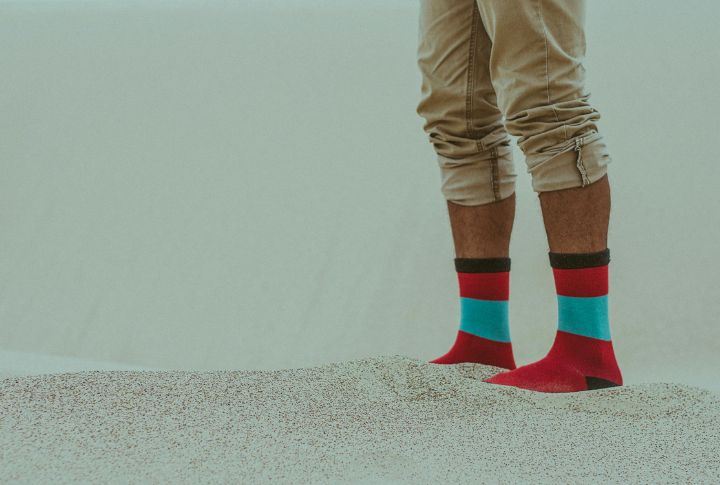
These days, socks come in neon, cartoons, or wild patterns—and no one cares. It’s fashion, not rebellion. However, bright socks once crossed the line, so boys had to wear white or dark solid colors. Anything with stripes or prints was too bold, and teachers called it distracting.
Natural Hair Styles
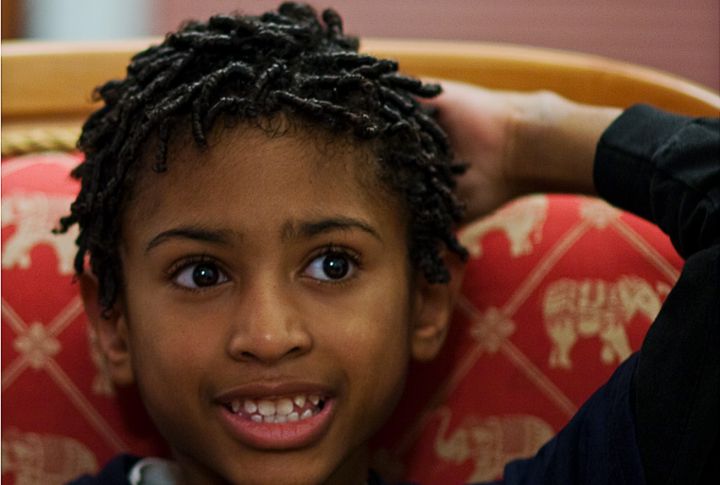
Certain natural styles got flagged as “unprofessional” or “unkept,” especially for Black students. Afros and locs faced unfair scrutiny, while some schools even forced haircuts. Legal changes now protect these styles, and school policies have shifted. Students wear their natural hair without having to explain or defend it.
Multiple Ear Piercings
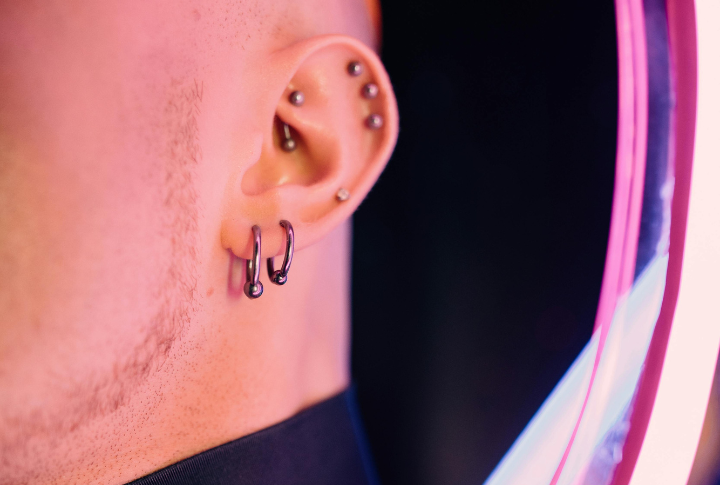
One earring per ear was the limit. Anything more looked “rebellious,” especially for boys. As a male, you could get banned for wearing earrings at all. That’s changed, though; students wear studs, hoops, and cuffs without repercussions. Piercings no longer have any shock factor or dress code consequences.

Comments
Loading…